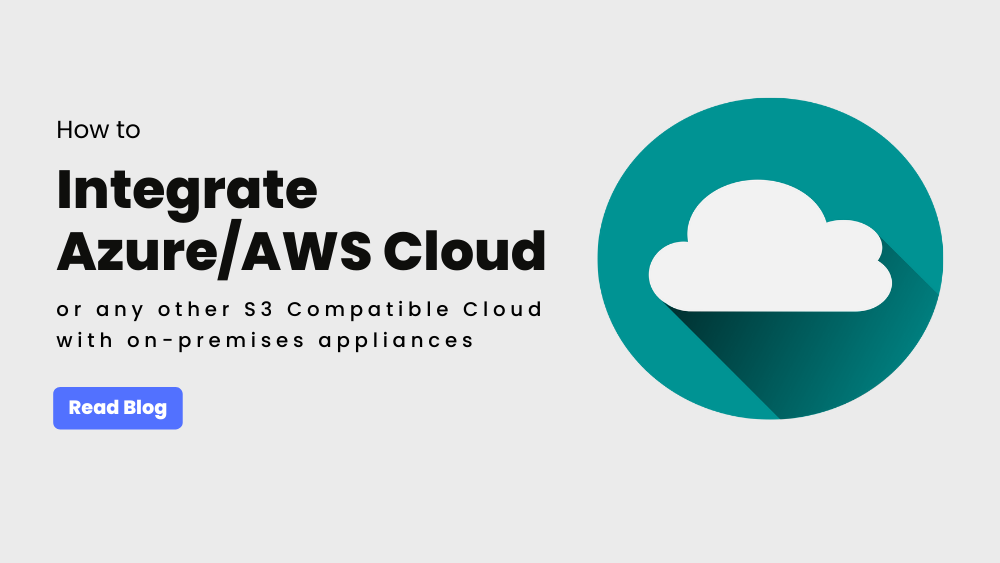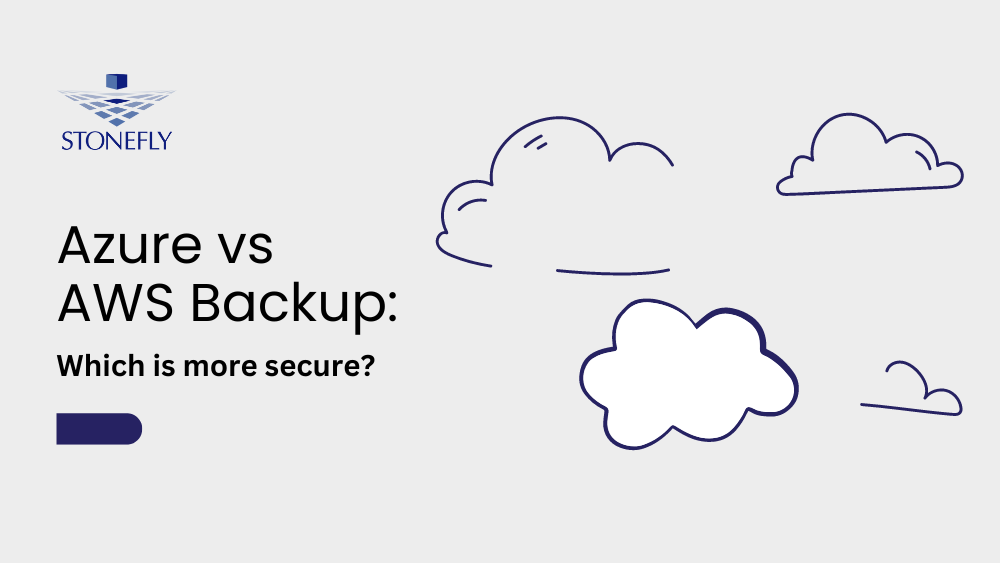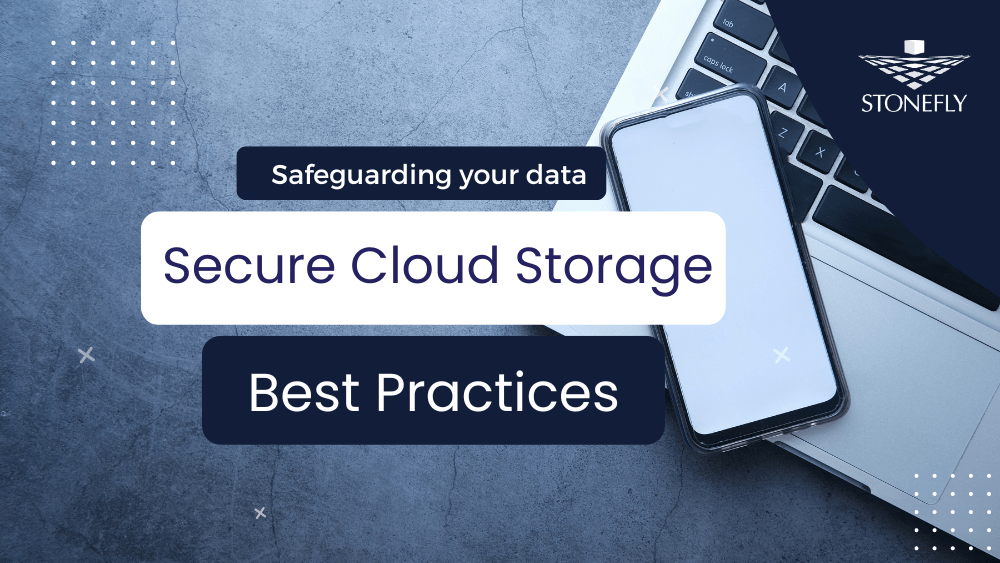The term “Business Continuity” refers to a continuation of your critical business applications during a disaster (man-made or natural), outage, and changes to the business, and/or cyber-attack.
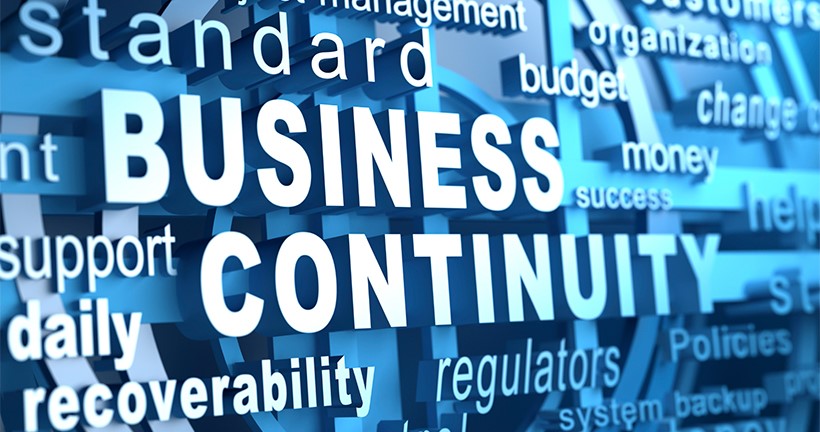
The basic steps to achieve business continuity are the same for companies of varying sizes and verticals. It is crucial that the infrastructure related to business continuity and disaster recovery is implemented at the point an application is deployed.
If it is baked into a project life-cycle and created proactively, going forward, all application deployments will adhere to the plan implemented by the user. So, the key to success lies in having a team dedicated to scalable, process-driven, planning, testing and improvement.
The two key terms to be known while looking into a successful business continuity and disaster recovery plan are:
- RTO (Recovery Time Objectives): The amount of time it takes to recover an application, starting from the time a disaster is declared to when users can log on again. It is the amount of time the user can be down.
- RPO (Recovery Point Objectives): The point in time that an application’s data is restored counting backwards from the time of the disaster. This can be quantified by thinking about the amount of data in time that you are willing to lose.
StoneFly: Providing Strategized Business Continuity and Disaster Recovery
Greater financial services are being provided throughout the world. In the world of innovation and ideology, there is immense growth in the amount of data being generated. More and more users are joining the mix every day and a continued need for data storage is required.
The increasing amounts of people have resulted in the traditional methods of management to become obsolete. Many have reported ‘inconsistent backups’ as a result of these methods. A need for reliable backup and replication has become paramount for the success of the financial sector. And as the financial sector is the backbone of the economy, StoneFly has realized the importance of providing it with the best backup and disaster recovery solutions.
Backup Strategy
As a user you need to be vigilant of everything and be ready to recover from a disaster outside the scope of your wildest imagination. Many do the backups in the same old traditional way by creating physical copies. This causes greater space to be occupied and disaster can still strike at the place where the physical copies are stored. StoneFly provides many different solutions to the backup in comparison to the old traditional ways. Long term data retention is also provided which helps in compliance with the legal issues. Data can be extracted and provided for legal purposes whenever needed.
StoneFly’s Scale-out NAS storage makes sure that the financial service providers always have appropriate backup solutions. Storage is provided which can scale out according to the needs of the financial services that can enjoy the scalability inexpensively.
Recovery Strategy
Backing up data is the first step of the plan; the second or main step comes into play with the recovery of the data once it goes down. Natural disasters, man-made risks and unintentional human errors put the data always at risk and hence a need for an intact disaster recovery plan has gained utmost importance. Backup and disaster recovery strategies are interlinked. StoneFly provides interconnected solutions to these strategies with many different options like the partnership with Microsoft Azure.
StoneFly cloud connect to Microsoft Azure ensures that the data is saved securely over the cloud at Microsoft Azure. Users have the ability to recover application items. They also have the added ability of direct recovery from Microsoft Azure.
RTO and RPO
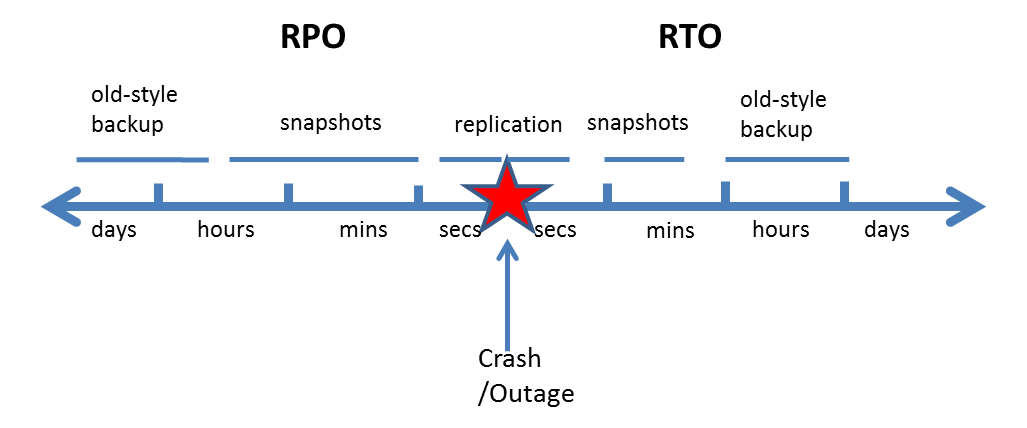
Financial services are always in need of lower recovery time and point objectives to avoid the loss of business. Financial services are looking for replication and backup solutions which can ensure that there are minimal losses caused by disasters and downtime.
Due to the intricate work being done, financial services are in need for advanced technology in data replication and backup. StoneFly provides depth in backup and disaster recovery by using snapshots and file versioning to ensure that financial services are always up and running.
Even the less critical financial applications need to be up and running again. Considering applications which can have a tolerance of 15 minutes, workloads will need to be replicated from the primary data center to any secondary data centers (or the cloud) at intervals of 15 minutes. StoneFly has partnered with Microsoft Azure and Amazon AWS to even provide a public cloud to the users. StoneFly has also partnered up with Veeam to provide greater bandwidth for the data being transferred by providing WAN acceleration for the data being transferred.







